Portugal’s second city needs no introduction. Famous primarily for giving port, or “divine nectar of the Gods”, to the world – tastings of which are highly recommended in any of the port lodges that flank the River Douro – it also gave the country its name, in Roman times when Portus and Cale straddled the magnificent River Douro.
Today, it is a city which draws millions of visitors to its granite streets, its glossy blue and white tiled facades, soaring church towers, design-savvy hotels and acclaimed restaurants.
Porto residents also know how to have a good time, especially in June for the feast day of St John the Baptist, the city’s patron saint. Celebrations last all night under a sky illuminated by fireworks, followed the next day by a regatta, when wooden rabelos race down the Douro River. Year-round, this same sense of rich tradition and heritage are woven through daily life in Porto – here’s how to spend a weekend in this vibrant city.
For more Porto inspiration, see our guides to the region’s best hotels, restaurants, bars and things to do.
In this guide:How to spend your weekendDay one: morning
“In Braga they pray, in Coimbra they study, in Porto they work and in Lisbon they play” goes the old Portuguese saying. But first coffee. Locals normally start the day with a bica (espresso) and a pastel de nata (custard tart), and there are still several cafés in town which date back to the beginning of the 1900s when coffee, sourced via Brazil, was introduced here. Café Majestic is one, long considered a venue for writers and intellectuals with lovely art nouveau interiors. Or visit Café A Braziliera, the first place to serve coffee to drink on the premises, still with an old sign reading “please don’t spit on the floor” – an indication of its initial reception. Also worth a mention is Café Guarany, once frequented by musicians. It sits on beautiful Aliados Avenue, the perfect place to start the day.
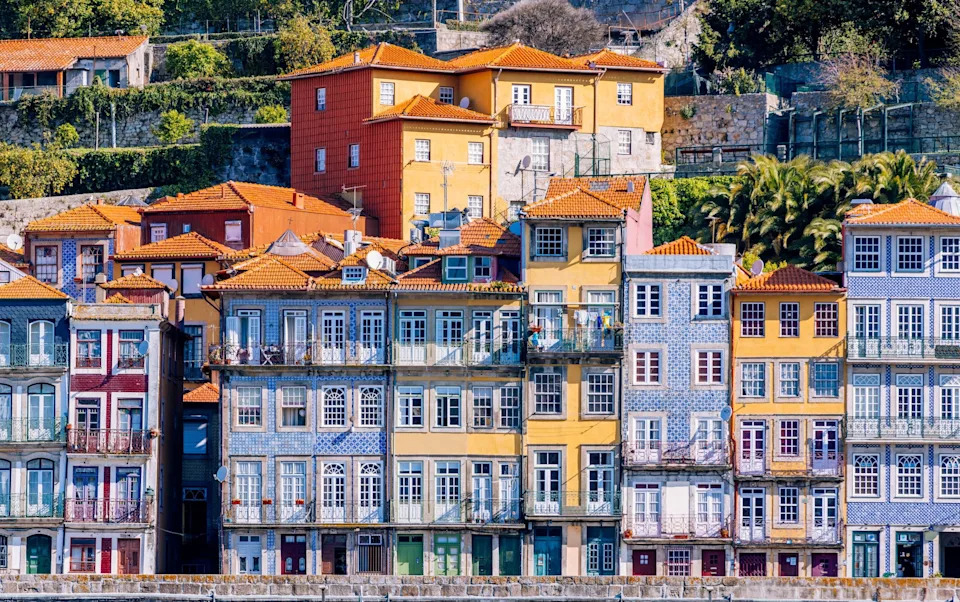
Traditional Portuguese houses with blue azulejo tile in Porto, Portugal

Traditional pasteis de nata and azulejo tiles are both iconic Porto motifs – Alexandr Spatari; AnnaPustynnikova/Getty
Afternoon
Having got a lay of the land in your search for coffee, now see the city from above. Head to the Baroque church of Clérigos, built by the Italian architect Nicolau Nasoni in the 18th century, to climb its 75-metre bell tower and enjoy its splendid views. Grab a codfish cake filled with serra de estrela cheese at nearby Casa Portuguesa and head to São Francisco Church, whose richly gilded interiors (using over 200 kilos/450 lbs of gold) are seriously impressive. Next door lies the Palácio da Bolsa. Neo-classical in style, it was originally the Porto stock exchange. Dip in to see the glittering Arabian Room, inspired by Granada’s Alhambra.
Late
Start your evening with a drink at Flôr, Porto’s hottest new bar. It spills out onto the end of the city’s oldest street, Rua das Flores, and offers both innovative and delicious cocktails. Consider the “Clichéd”, which combines the very Portuguese flavours of coriander and bacalhau (dried, salted cod) with gin. Then head next door to Cozinha das Flores, where Nunu Mendes spins his culinary magic. Don’t miss his take on pasteis de nata; they come filled with turnip and topped with caviar.
Finish with a nightcap at The Royal Cocktail Club, a sophisticated venue which made it onto the 50 Best Bars Discovery list.
Day two: morning
After breakfast at your hotel, wind your way down to the River Douro, stopping to admire the two-tiered Dom Luis 1 bridge, which links the city to Vila Nova de Gaia on the southern bank. It was built in 1886 by an assistant of Gustav Eiffel.
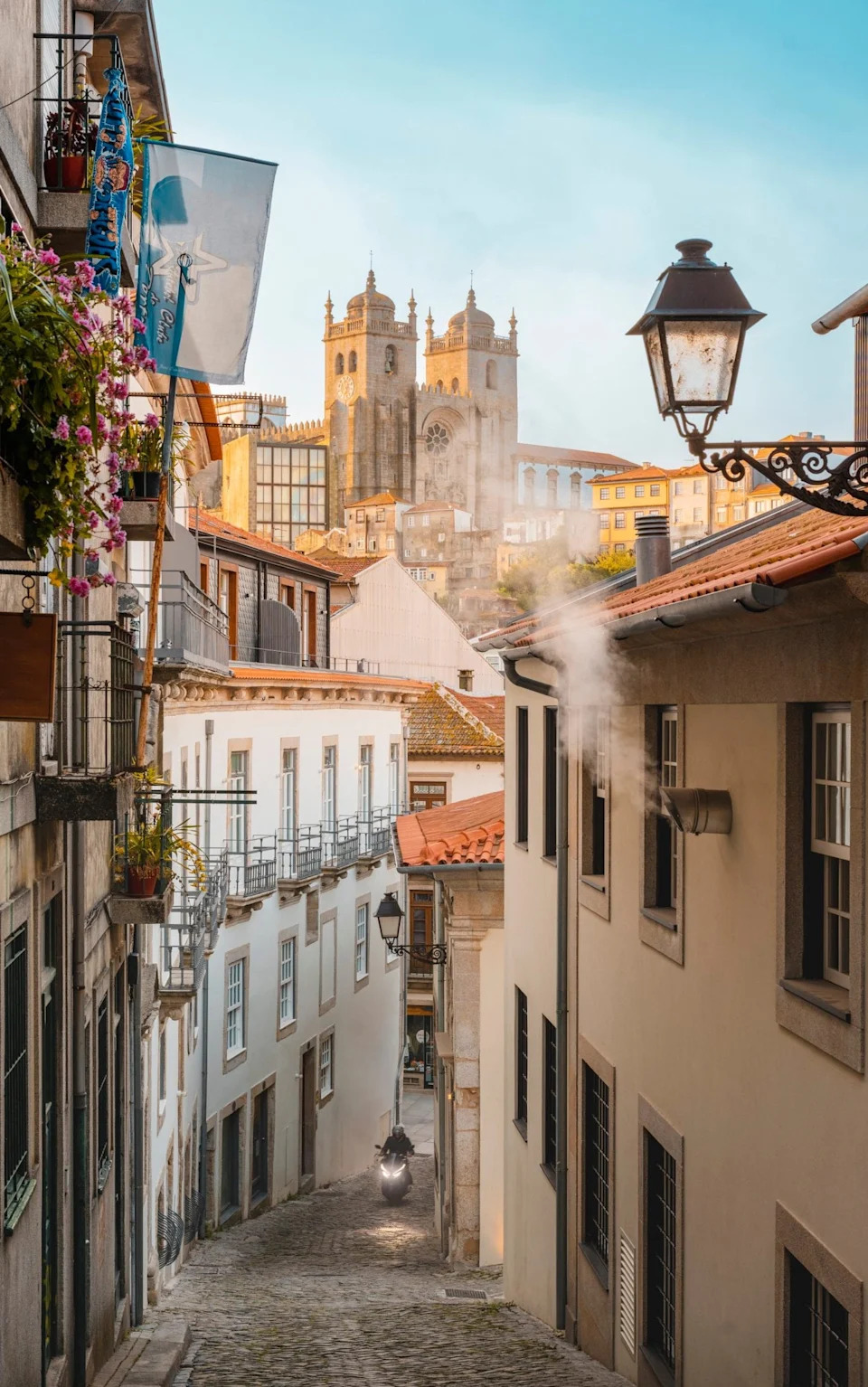
Porto’s cathedral is one of the oldest monuments in the city – Marco Bottigelli/Getty
Allow a few hours to explore the World of Wine, which houses restaurants, shops and museums where you can learn about Porto’s history from its beginnings to the present day. Next take a tour of the port lodges nearby. Highly recommended is Taylor’s, founded in 1692, with a fascinating museum and a good range of tastings.
Afternoon
Once you have had your fill of port, cross the river and wander past the colourful jumble of medieval houses towards São Bento Railway Station, built in the early 20th century and famous for its 20,000 tiles, hand-painted by Jorge Colaço, depicting significant events in Portugal’s history. Keep an eye out for the tiles on the exterior of the nearby church of Santo Ildefonso, also by Colaço.
Stop for lunch at the new Time Out Market, where some of the city’s best chefs have an outlet. Pull up a chair by chef Rui Paula’s stand and try his take on Porto’s beloved francesinha sandwich. Walk off the calories of that along Rua das Flores stopping at Claus Porto, long famous for its soaps and scents as well as the jewellers and silversmiths that line that street.
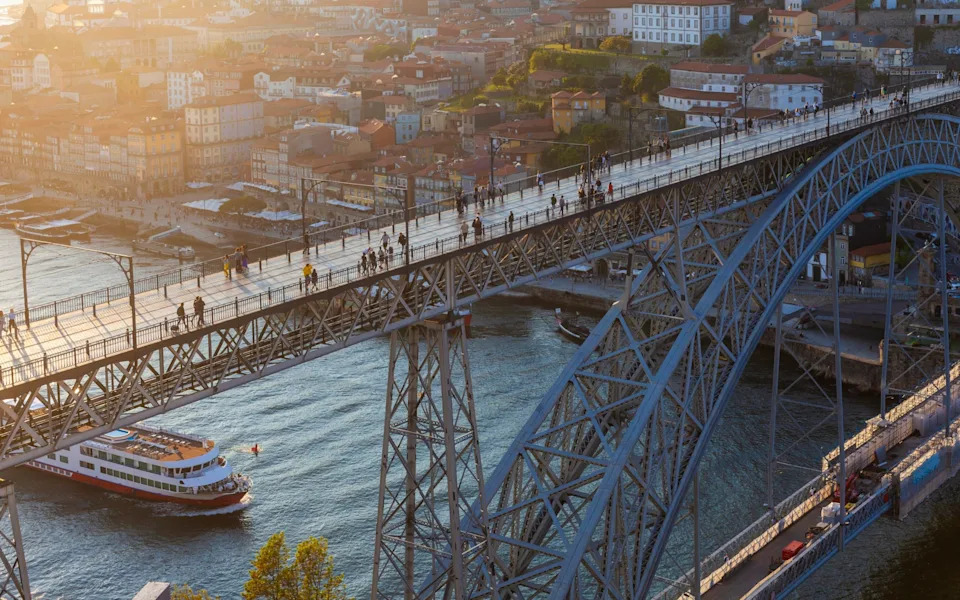
People walking on Dom Luis I Bridge aerial view, Porto, Portugal
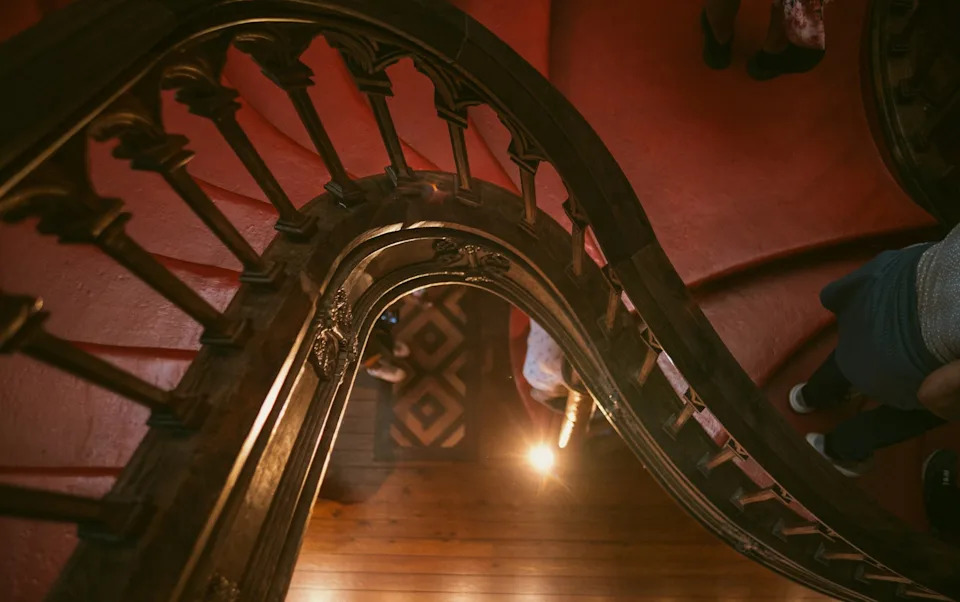
The Dom Luis 1 bridge and staircases of Livraria Lello – two recognisable symbols of Porto – Juana Mari Moya; Valentina Stankovic/Getty
Squeeze in one last stop and visit Livaria Lello. The bookshop’s stairs were supposedly the inspiration for the grand staircase at Hogwarts (JK Rowling was living in Porto while she wrote her first Harry Potter book). Such are the crowds that you now need to buy an entry ticket, redeemable against a book purchase.
Late
Time to treat yourself to a gourmet meal with a view at Casa de Cha da Boa Nova. It is a short drive out of Porto but it will set the city in context for you. The restaurant was designed by acclaimed local architect Álvaro Siza Veira, who received the Pritzker prize in 1992. It is perched on the cliff’s edge, the Atlantic Ocean pounding the rocks underfoot. Food comes from Rui Paula, whose menu draws on the bounty on his doorstep and merits the two Michelin stars it holds. Get there before the sun sets and enjoy.
Back to index
How to get there and how to get around
The main airport, Francisco Sá Carneiro, is served by easyJet, Ryan Air and British Airways from a variety of UK airports. It lies 30 minutes away from the city centre by taxi (approximately €15) but there is also the metro or bus (€2.25). It serves as the gateway to the Douro Valley for which you would need a car. Car hire is available from Sixt, Europcar, Hertz and Avis near the airport terminal.
When to go
The north of Portugal has a temperate Oceanic climate with mild rainy months from October to April and pleasantly warm, sunny summers. The city is at its best in June, when it celebrates its patron saint, St John the Baptist, with fireworks and boat races, barbecues of sardines and bonfires in the streets. The crowds arrive in July and August as the locals head to the Algarve to enjoy the beaches.
Back to index
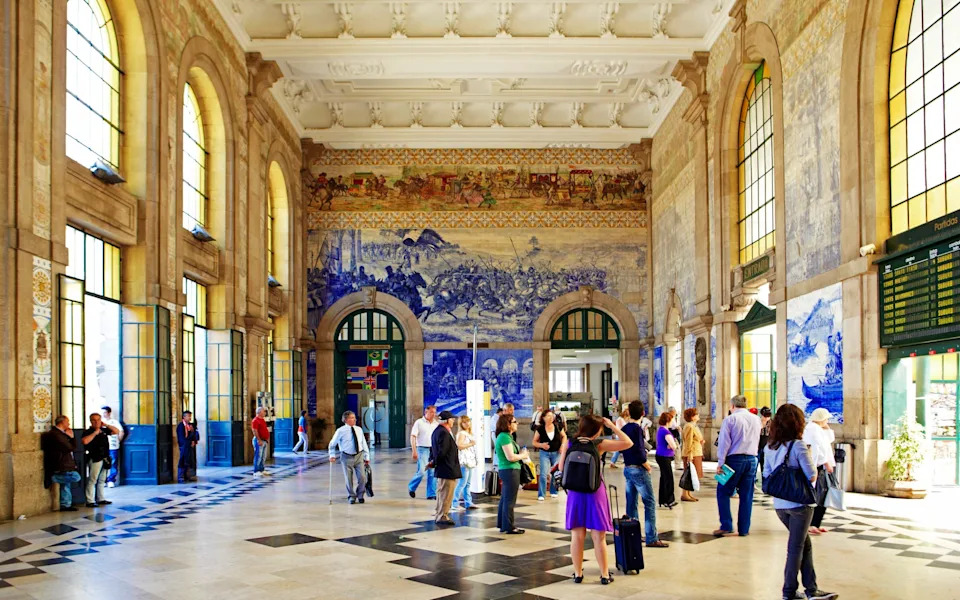
São Bento Railway Station, home to 20,000 azulejo tiles – Allan Baxter/Getty
Where to stayLuxury living
Five glorious heritage buildings at the end of Porto’s oldest street have been re-imagined to house The Largo’s 16 suites and two rooms – all essays in understated luxury. A fleet of cars and even a boat ensure you explore the area comfortably, while superb food comes courtesy of London-based Portuguese chef Nuno Mendes.
Read our full review here.
Boutique beauty
Vinha Boutique Hotel, a renovated 16th-century manor on the banks of the Douro in a quiet part of Vila Nova da Gaia, offers 38 beautifully designed rooms, cuisine by Michelin two-star chef Henrique Sá Pessoa, and the only Sisley Spa in northern Portugal. After a long day’s sightseeing, it makes for a blissful sanctuary to come back to.
Read our full review here.
Budget bolthole
One of Europe’s oldest stationery shops has been converted into Porto A.S. 1829, a modern yet cosy hotel in the heart of Porto’s downtown area. Artefacts from the former store add to the hotel’s stylish interior design and a street terrace provides a pleasant spot to unwind.
Read our full review here.
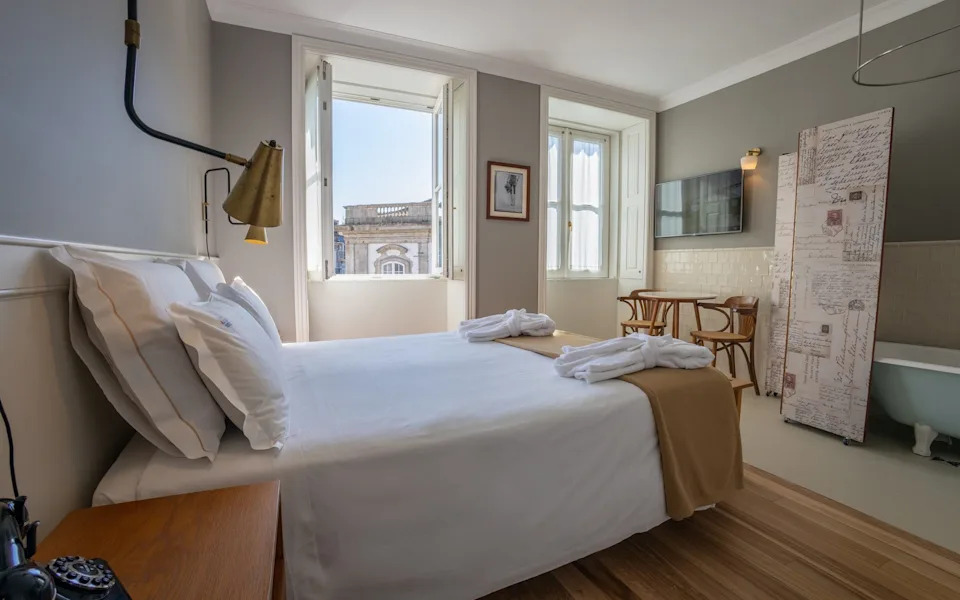
The rooms at Porto A.S. 1829 provide clean, modern comfort
Back to index
Know before you goEssential information
British Embassy/Consulate: 00351 21 392 4000; Rua de São Bernardo 33, Lisbon. Open Mon-Fri, 9am-1pm and 2.30-5.30pm
Tourist Office: 00351 935 557 024; visitporto.travel, Cç de Dom Pedro Pitões 15.
Ambulance: dial 112; Police: dial 112; Fire: dial 112
Emergency services: dial 112
Currency: Euro
Telephone code from abroad: 00351 for Portugal and then 22 for Porto when telephoning from the UK
Time difference: None
Travel time from London: Approximately 2 hours 20 minutes
Accessibility for travellers with disabilities: Average
About our expertMary Lussiana
I have lived in southern Portugal for over 20 years. When in Lisbon, you can find me chatting with the chef at the latest culinary hotspot, checking out a new rooftop bar or sampling the newest hotel on the block.
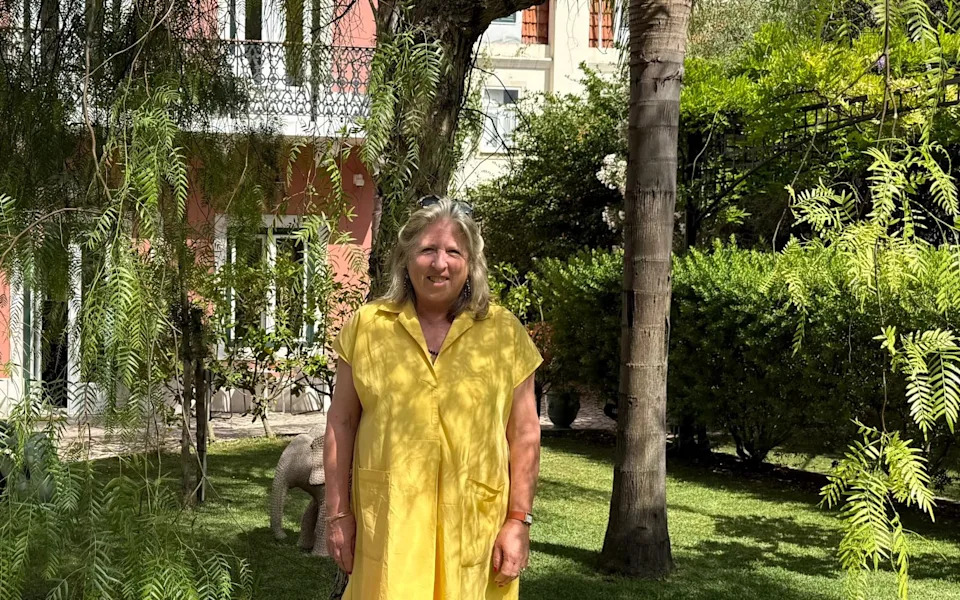
Mary Lussiana, Telegraph Travel’s Portugal expert
Broaden your horizons with award-winning British journalism. Try The Telegraph free for 1 month with unlimited access to our award-winning website, exclusive app, money-saving offers and more.

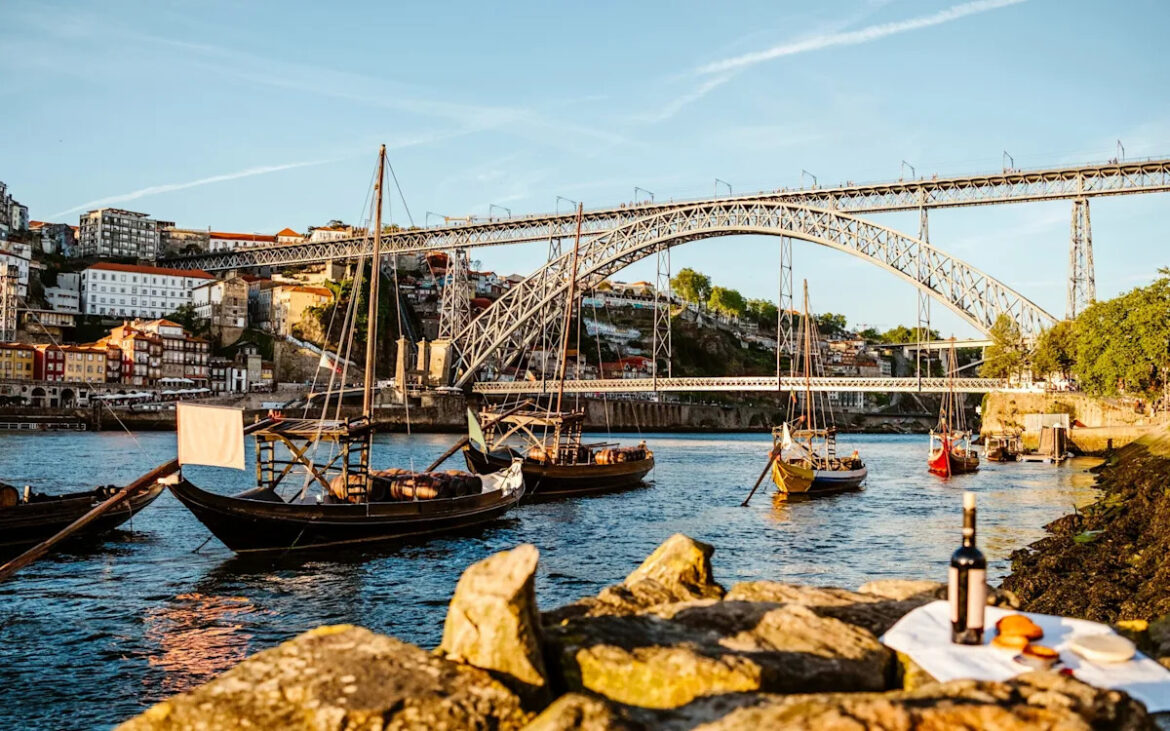
Dining and Cooking